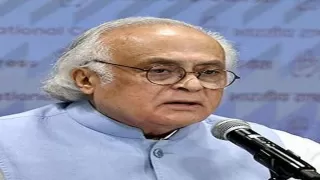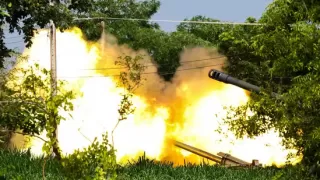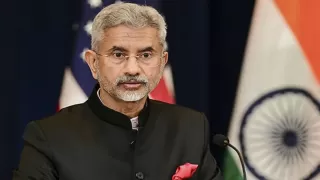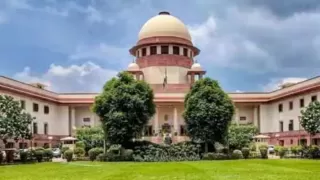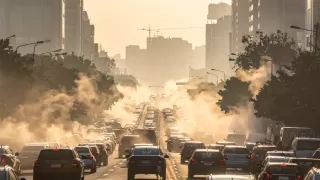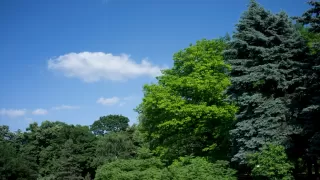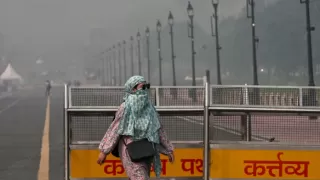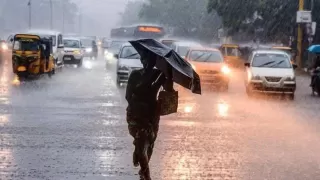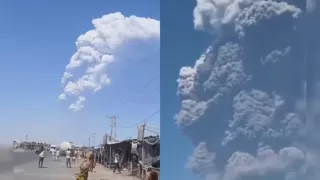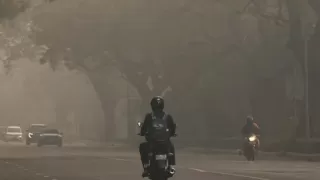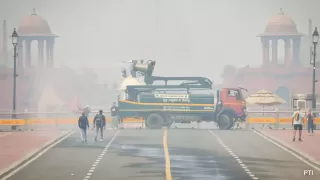Efforts to trigger rainfall through cloud seeding in Delhi on Tuesday did not produce the expected results, as the clouds contained insufficient moisture. IIT Kanpur Director Manindra Agarwal explained that while the attempt wasn’t entirely successful, it provided valuable data and confidence to continue the trials. The project, conducted in collaboration with the Delhi government, is part of an emergency plan to tackle the city’s severe air pollution.
Agarwal stated that only about 15–20% moisture was present in the clouds during the operation, making it nearly impossible for significant rainfall to occur. He emphasized that cloud seeding is not a guaranteed or permanent fix for pollution, but an SOS approach to bring temporary relief when air quality worsens drastically.
Despite the setback, the IIT Kanpur team plans to continue experiments, with two more flights scheduled for Wednesday, hoping for improved atmospheric conditions and better outcomes in the next round.
Why Cloud Seeding Didn’t Work in Delhi
According to IIT Kanpur Director Manindra Agarwal, the failure of the recent cloud seeding attempt was primarily due to the lack of sufficient moisture in the clouds. “There hasn’t been any rain so far. Unfortunately, the clouds that are present today do not have very high moisture content. I am told it was only up to 15–20%. So, the possibility of causing rain with such low moisture content is not very high,” he explained.
He added that while the outcome wasn’t ideal, the trial helped the research team gain confidence in executing future experiments under better weather conditions. The team also noticed conflicting weather predictions—some forecasts expected rainfall, while others did not—but in reality, the targeted cloud cover contained too little moisture to generate precipitation.
Agarwal clarified that 14 flares were fired during the operation, using a mixture of 20% silver iodide along with rock and common salt to stimulate condensation within the clouds. However, the process could not yield significant rainfall due to poor atmospheric support.
Next Phase of Cloud Seeding Trials
Despite the modest outcome, Agarwal confirmed that two more cloud seeding flights will be conducted on Wednesday. The plan is to continue such operations whenever suitable cloud conditions appear. “This trial has given more confidence to our team that we can continue conducting them,” he said, emphasizing that every attempt adds to their understanding of the process.
The team remains optimistic that subsequent attempts, with slightly improved moisture levels, might result in at least light precipitation. Even a short spell of rain could temporarily reduce pollution levels in the capital, which continues to experience severe air quality conditions.
Experts involved in the project said that ongoing monitoring of wind speed, humidity, and cloud thickness will determine when and where to attempt the next operation. The goal is to time the flights for maximum effectiveness, given the delicate balance of meteorological factors involved.
Not a Permanent Solution, Says IIT Director
Manindra Agarwal was clear that cloud seeding is not a long-term or sustainable fix to Delhi’s pollution crisis. “It is an SOS solution. When you have a crisis situation—very high pollution—it is one of the methods one can attempt to bring down pollution. It is not a permanent solution,” he explained.
He stressed that the only permanent approach is to tackle the root causes of pollution—such as vehicular emissions, industrial waste, and construction dust. The director expressed hope that the city will eventually reach a point where such emergency interventions are no longer required.
He also pointed out the high operational costs of the current trials, as flights are being conducted from Uttar Pradesh. However, he believes costs can be reduced once the process is optimized and localized within Delhi’s airspace.
Government’s Report on Cloud Seeding Impact
The Delhi government reported that the cloud seeding experiment had a measurable, though limited, impact on air quality. It recorded two small precipitation events—0.1 mm of rain in Noida and 0.2 mm in Greater Noida—around 4 pm on Tuesday.
Post-seeding air quality measurements showed a modest decline in particulate matter levels across various areas. PM 2.5 levels dropped from 221–230 to 203–207 in localities such as Mayur Vihar, Karol Bagh, and Burari. Similarly, PM 10 levels fell from around 209 to below 180 in the same regions, suggesting slight atmospheric cleansing following the operation.
While the government acknowledged that the rain amount was negligible, officials stated that any drop in particulate matter counts as a positive sign. They view the pilot run as an encouraging step toward refining the technique for better results in the future.
What Lies Ahead for Delhi’s Weather Experiment
Following Tuesday’s trials, scientists and meteorologists are carefully assessing the data to determine how cloud density, moisture, and chemical composition affected the outcome. If successful in later stages, the process could be scaled up during future pollution emergencies.
Authorities emphasized that while the operation hasn’t solved Delhi’s smog problem, it marks a scientific milestone in using weather modification as an emergency tool. Continuous research and better timing of future seeding efforts may eventually help cities like Delhi mitigate pollution-related health risks during extreme conditions.
For now, the skies over Delhi remain dry, but researchers and policymakers are hopeful that upcoming attempts—if supported by nature—could finally turn the clouds into showers of relief for the city’s residents.
Also Read: Trump Calls Modi ‘Nicest Looking, Killer’ in Bold Remark




